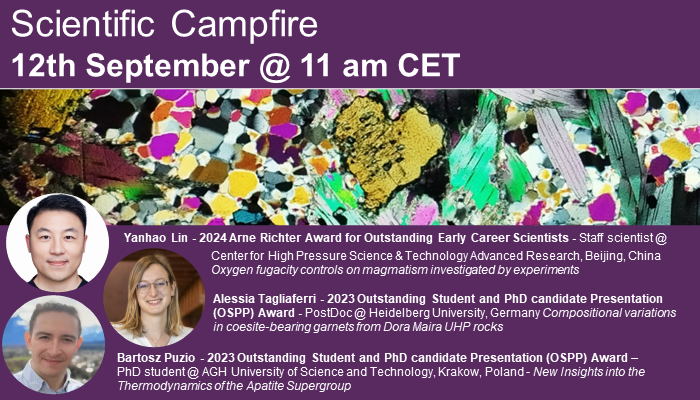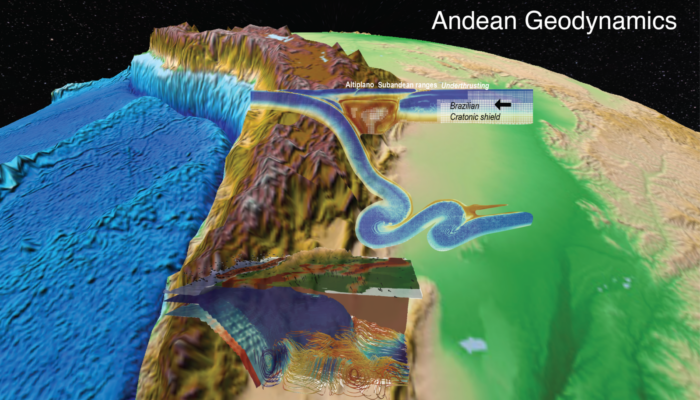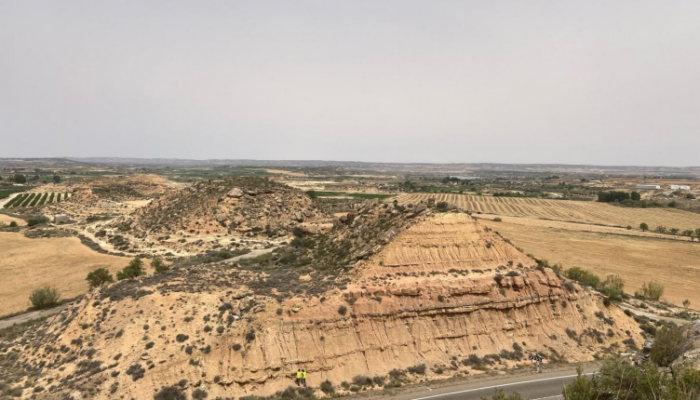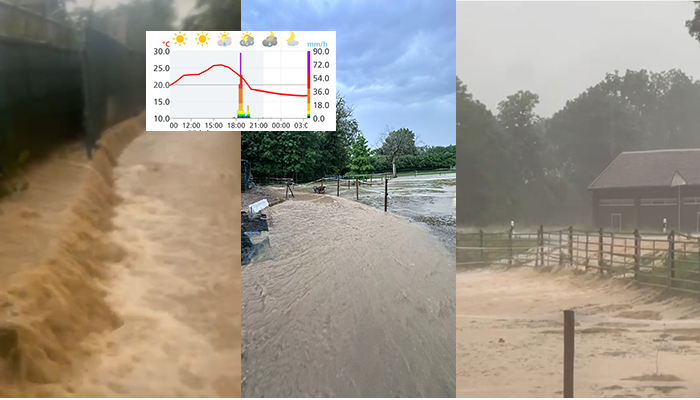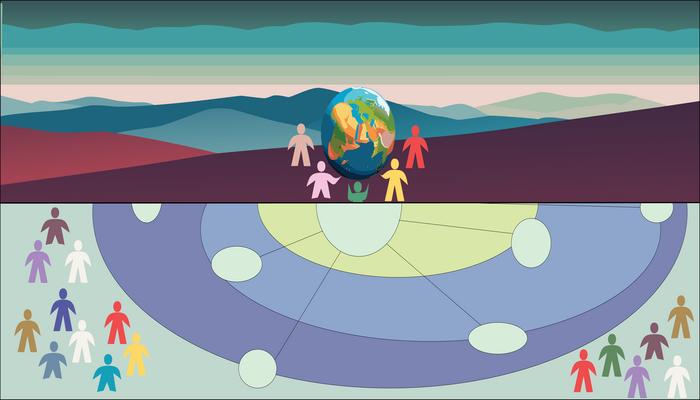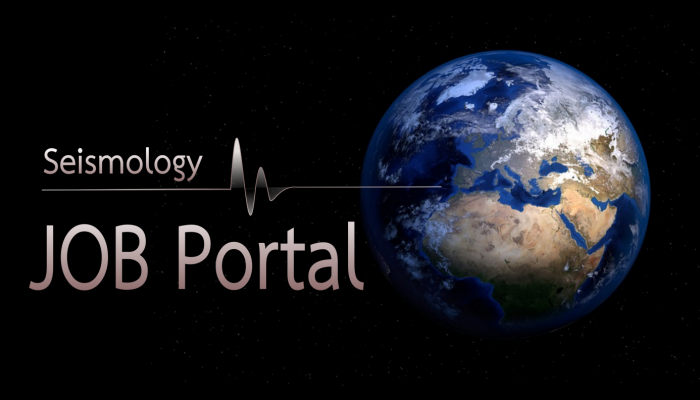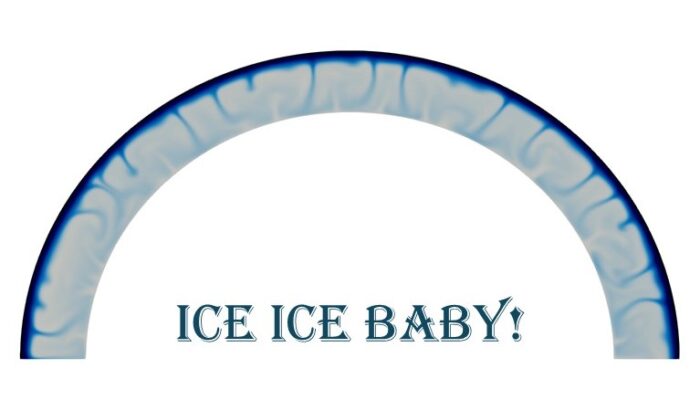The first edition of the Geochemistry, Mineralogy, Petrology and Volcanology Campfires of the 2024/2025 season is right at the door and will take place on Thursday September 12th at 11 am CET on Zoom. This edition will be a special Scientific Campfire, during which the three GMPV ECS awardees of the 2024 General Assembly will present their latest work to the community. Our speakers for this editi ...[Read More]
Geodynamics
The nature of the shortening in the Central Andes : Part 1
Tectonics and Structural Geology
Inverted River Channels in Alcaniz: Insights into Mars’ Fluvial History
This edition of ‘Features from the field’ is brought to you by Faris Beg, a masters student on the EU Erasmus Mundus Joint Master’s program in planetary geosciences—GeoPlaNet. This blog is a result of a geological field excursion carried out collectively in groups by students, organized by the GeoPlaNet consortium in Alcañiz, Spain. He will be talking about his observations and l ...[Read More]
Hydrological Sciences
Hortonian overland flow: when theory becomes reality
Hortonian overland flow – if you have ever followed a hydrology class, you have certainly come across this jargon: this is the name of a hydrological process – when rainfall flows off at the terrain surface because the rainfall intensity is so high that not all the water can infiltrate into the soil (rainfall intensity is higher than infiltration capacity). Almost every hydrological m ...[Read More]
Geodynamics
Climate and DRR Education as a Case for Lifelong Learning
We live in a society where climate change has already shown its impact across the world with devastating consequences. The alarming frequency of extreme weather events leading to tremendous disasters leaves us all perplexed and anxious about what will be coming next without taking any immediate action. Bearing that in mind, Dr. Joshua L. DeVincenzo with M.A Student Syeda Kainaat Jah both from Colu ...[Read More]
Hydrological Sciences
Midnight stutters of an environmentalist, an open letter to the people and places of the planet
We are in a state of environmental crisis. As someone who knows something about this, i’m really worried about the rising food crisis (due to ongoing wars in regions of russia-ukraine and israel-palestine), and waves of environmental refugees. In this strip of lands, soil is getting ruined daily. Every bomb ruins a patch of soil including moisture, microorganisms, roots, plants, … . Imagine how mu ...[Read More]
Seismology
Seismology Job Portal
On this page, we regularly update open positions in Seismology for early career scientists. Do you have a job on offer? Contact us at ecs-sm@egu.eu Please, note that other available research positions are displayed on the EGU Jobs Portal. Latest open positions: Post-doctoral Fellowship in Fault Mechanics and Earthquake Triggering Institute: Florida International University, Miami, Florida Starting ...[Read More]
Hydrological Sciences
Meet your ECS Rep – Christina Orieschnig
Christina Orieschnig is a hydrologist at IRD in the South of France. She is also the Early Career Scientist representative for the EGU Hydrological Sciences division. Can you tell us about the focus of your research? What have you done so far and what are you doing next? I completed my PhD at AgroParisTech in 2022. My research focused on building an eco-hydrological model in the Mekong Delta in C ...[Read More]
Geodynamics
Ice Ice Baby! Modelling the thermal evolution within the ice shell of Ganymede, Jupiter’s moon.
Ganymede, one of the Galilean moons of Jupiter and the largest in the Solar System, has caught the scientists’ attention due to its potential for hosting life. The JUICE mission, launched from the Guiana Space Centre in French Guiana on 14 April 2023, is on its way to orbit and conduct experiments on the Galilean moons (Ganymede, Europa, and Callisto), with particular emphasis on characterizing G ...[Read More]
Tectonics and Structural Geology
TS Must-Read – Peron-Pinvidic et al. (2013) Structural comparison of archetypal Atlantic rifted margins: A review of observations and concepts
Rifted margins are regions at the transition from oceanic to continental crust, formed by the stretching and thinning of the Earth’s lithosphere before the creation of new ocean basins. The study focused on three key transects across Atlantic rifted margins. In their 2013 article in Marine and Petroleum Geology, Peron-Pinvidic et al. present a comparative analysis of the architecture of vari ...[Read More]

